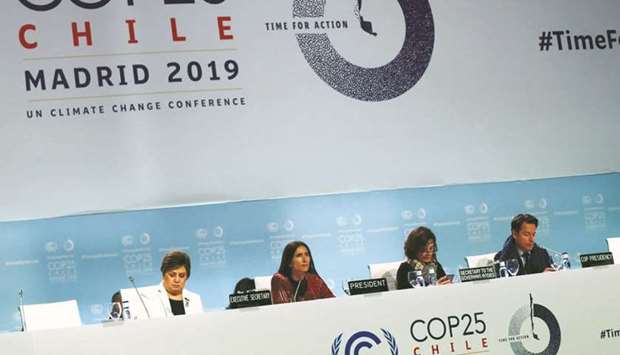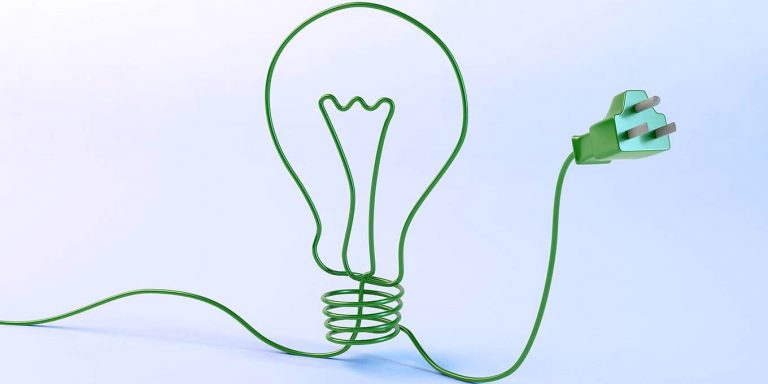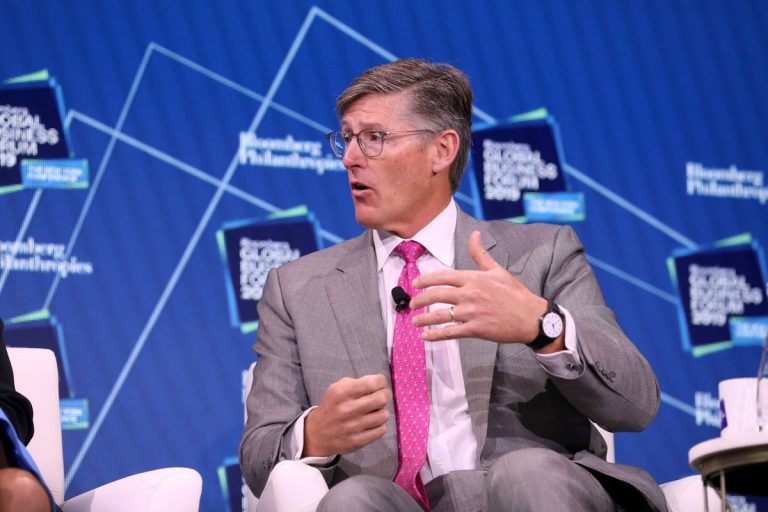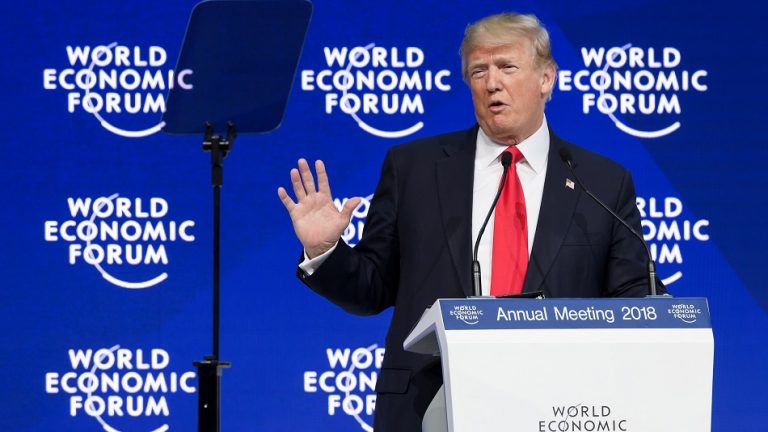Green deal law to make EU’s energy shift irreversible

Bloomberg/Brussels
Europe wants to make its goal of becoming the first climate-neutral continent irreversible under a new law that is to be unveiled next month, offering investors the certainty they ask for before backing unprecedented levels of investment.
The climate law will require all corners of the economy to take action and give the institutions co-ordinating the shift the legal authority to act when the promises to deliver are broken, according to Frans Timmermans, executive vice-president of the commission.
“This is an exercise in disciplining this transformational age,” Timmermans told a conference in Brussels yesterday. “Transforming a society that is entirely based on carbon to a society that no longer needs carbon as a fundamental basis for its functioning is of a tectonic nature.”
The remarks are meant to build support for the package due on February 26 and to give groups with a stake in the issue a sense of the scale of the project.
The industry is already working on technologies such as carbon capture and storage or hydrogen, and for companies it’s no longer a question of climate targets but of how to ensure the necessary funds for the unprecedented overhaul, according to Marco Mensink, director general of the chemical industry association Cefic.
“I’ve been in Brussels for 15 years now, and I think that people in the room agree we’ve never been in as an exciting moment as we are right now,” Mensink told the conference on the climate law. “That is a 1tn euro or more market opportunity if we get it right; it’s also an enormous investment that has to come to Europe.”
The measures would enshrine in law the Green Deal, a far-reaching strategy to eliminate greenhouse gas emissions by the middle of the century. The shift is at the heart of the agenda of European Commission President Ursula von der Leyen and will affect areas from energy production to transport and agriculture.
The deal is aimed at putting Europe in sync with the objectives of the Paris Agreement on climate change. It would also entrench Europe’s leadership on the environment, putting it ahead of major polluters including China, India and Japan, which have yet to translate their voluntary Paris pledges into binding national measures. US President Donald Trump wants to withdraw from the Paris Agreement.
“This is an epic challenge,” Timmermans said. “It’s also an incredible opportunity for Europe to lead. If we get it right, I can assure you that worldwide there will be huge interest in studying our idea for the climate law. I get questions about this from all parts of the world.”
The climate law requires support from member states and the European Parliament. It will make the 2050 climate neutrality goal binding and may include hints on the trajectory for the bloc to get to zero net emissions.
Von der Leyen signalled she wanted to toughen the 2030 emission-reduction goal to 50% or even 55%. The target is currently to cut pollution by at least 40%.
The commission is likely to stop short of proposing a new target for 2030 at this stage, waiting with more details until the second half of this year when it’s due to publish an analysis on tougher climate goals. That’s set to create friction with the European Parliament, which is adamant that the new law include a 55% reduction target for 2030.
Legislative work on the new climate law is set to last several months. Croatia, which is chairing meetings of member states in the first half of 2020, wants national governments to agree on their common negotiating position in June.
The European Parliament’s environment committee may approve a stance on the law in June, its chairman Pascal Canfin told the conference yesterday. The committee’s decision could be followed by a plenary vote in mid-July, he said. Only then can the two institutions start discussions about the final shape of the law.
While Europe is ready to bet its future on the environmental clean-up, the costs of the transition are dizzying. Reaching the existing climate targets will require additional spending of €260bn ($286bn) annually, according to commission estimates. The commission earlier this month unveiled a sustainable investment plan to help mobilise at least 1tn euro over the next decade to help the green shift.









LONDON – There is no doubt that by the year 2100, the world will enjoy abundant cheap zero-carbon energy. Coal will be confined to museums, and oil and gas use will be dramatically reduced. Technological progress makes that inevitable, even if unassisted by government policy. But to prevent potentially catastrophic climate change, a zero-carbon global economy must be achieved by mid-century. That, too, is possible, but only with strategic vision and strong policy support.
Electricity will dominate the future global energy system. Currently, it accounts for only 20% of final energy demand, with direct fossil-fuel use still dominant in transport, heating, and heavy industry. But most economic activities can be powered by electricity, and many will be far more efficient once electrified.
For example, internal-combustion engines typically turn 60-80% of all the energy they use into wasted heat, and only 20-40% into kinetic energy to drive the vehicle. Electric engines, by contrast, are over 90% efficient. Moreover, they are so much simpler to produce that within five years the cost savings on engines will offset the cost of batteries, making electric vehicles cheaper than diesel or gasoline cars. Similarly, electric heat pumps can deliver more than three kilowatt-hours of residential heating for only one kilowatt of energy input; no gas boiler could deliver more than 0.9 kWh for the same input.
Although battery-powered electric engines will play a growing role in short-distance aviation and shipping, batteries will be too heavy to power long-distance flights or intercontinental shipping for several decades yet. But ship engines could burn ammonia rather than fuel oil – and ammonia can be a zero-carbon fuel if it is made from hydrogen produced by electrolyzing water, using electricity generated from renewable sources. In addition, synthetic jet fuel can be made from hydrogen and carbon dioxide extracted from the air. Hydrogen, whether used as a fuel or a key chemical input, will also play a major role in the decarbonization of heavy industrial sectors such as steel and chemicals.
Without assuming any fundamental technological breakthroughs, we could certainly build by 2050 a global economy in which electricity met 65-70% of final energy demand, and hydrogen, ammonia, or synthetic fuel met a further 12-15%. Bioenergy and fossil fuels would then need to meet only about 20% of total energy use – and applying carbon capture to this greatly reduced fossil-fuel use could then ensure a truly zero-carbon economy.
Moreover, such widespread electrification would deliver huge environmental benefits, eliminating the pollution, noise, and unwanted or wasted heat inevitably produced by burning fossil fuels in vehicles, gas boilers, and industrial processes.
Building this economy will require an annual global electricity supply of about 90,000 terawatt-hours, compared to 23,000 TWh today; all of that must be generated in a zero-carbon way. But this goal, too, is undoubtedly attainable. Every day, the sun radiates to earth enough energy to cover humans’ daily energy needs 8,000 times, and we could provide 90,000 TWh of solar electricity using less than 1.5% of Earth’s land surface (or less than 0.5% if its water surface could be used as well). Solar-energy costs have fallen by 85% in the last ten years, and in many locations solar power is already cheaper than coal; by mid-century, it will be cheaper still.
Wind-power costs also have declined fast, and nuclear fusion may be a commercially viable technology within two decades. Battery costs have fallen by more than 80% since 2010 and will likely more than halve again by 2030, while a recent report suggests that electrolysis costs will now most probably “plummet.” Furthermore, a wide array of other energy-storage and demand-management technologies promises to answer the key question for renewable power systems: what to do when the sun doesn’t shine and the wind doesn’t blow.
These developments make it inevitable that by 2100 the world will have an ample supply of cheap and totally clean energy. But it is not inevitable that we will avoid catastrophic climate change. Fossil-fuel use is still increasing, and global warming is currently on track to reach 3°C above pre-industrial levels by 2100, dramatically overshooting the target of well below 2°C set by the Paris climate agreement. And although solar and wind costs have plunged, we need to increase capacity at 3-4 times the current rate to have a feasible chance of producing 90,000 TWh of clean electricity by 2050.
The macroeconomic cost of such an effort is not at all daunting: the total incremental investment required to build a zero-carbon economy by 2050 amounts to about 1-1.5% of global GDP per year. But the required acceleration will not occur without forceful government policies.
Such policies must start by recognizing that massive clean electrification, plus large-scale hydrogen use, is the only route to zero-carbon prosperity. Governments should set challenging targets for increasing renewable (and in some cases nuclear) power capacity, while using auctions to secure private-sector delivery at the lowest possible cost. Road-transport strategies must aim to completely eliminate internal-combustion engines from our roads by 2050 at the very latest: this will require bans on the sale of new internal-combustion vehicles far sooner. In addition, carbon pricing is essential to make industrial decarbonization economic. Finally, governments must support new technologies with initial deployment subsidies of the sort that have helped to reduce rapidly the costs of solar photovoltaic technology, wind turbines, and batteries.
With such policies, the world could build a zero-carbon economy fast enough to limit climate change to a manageable extent. But without the right measures, a zero-carbon economy will come much too late.